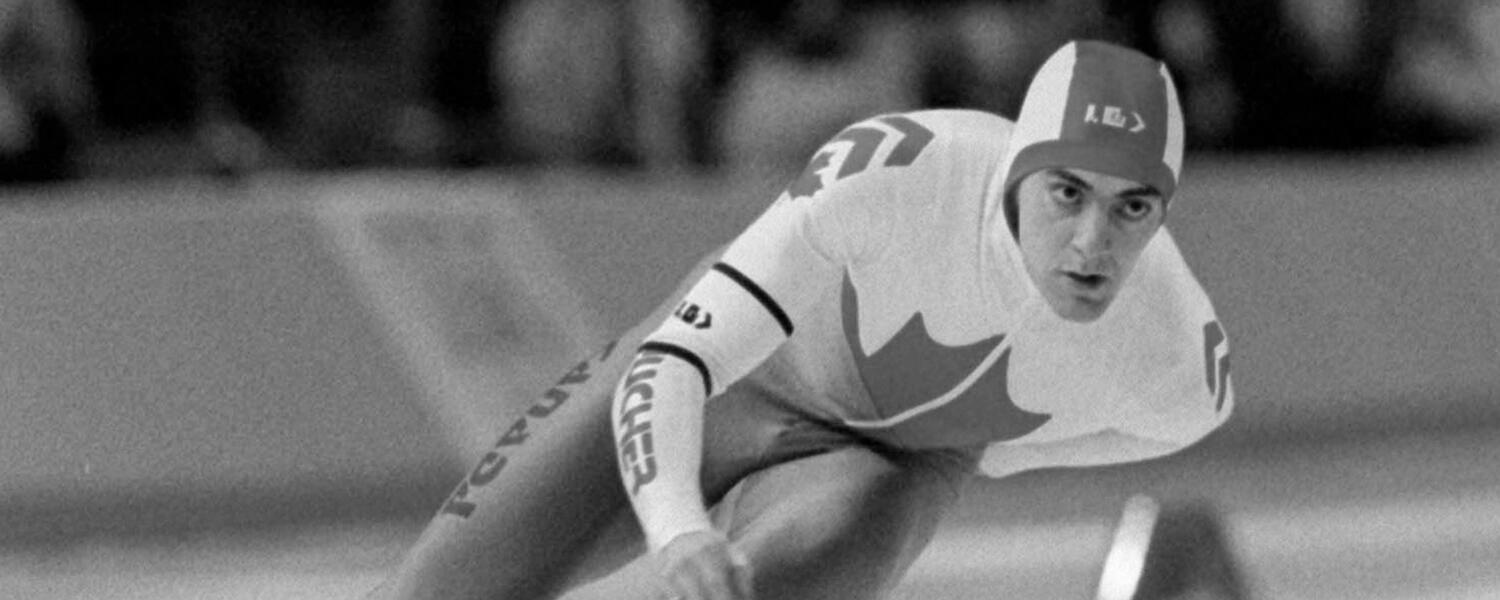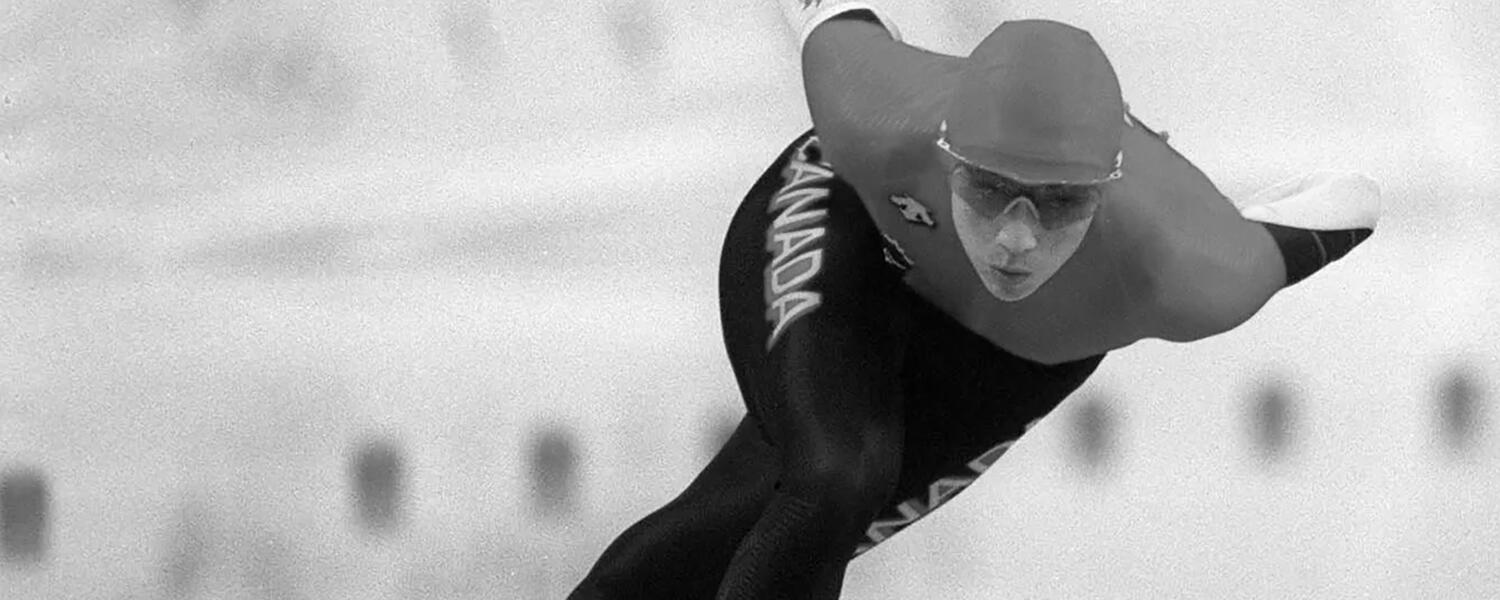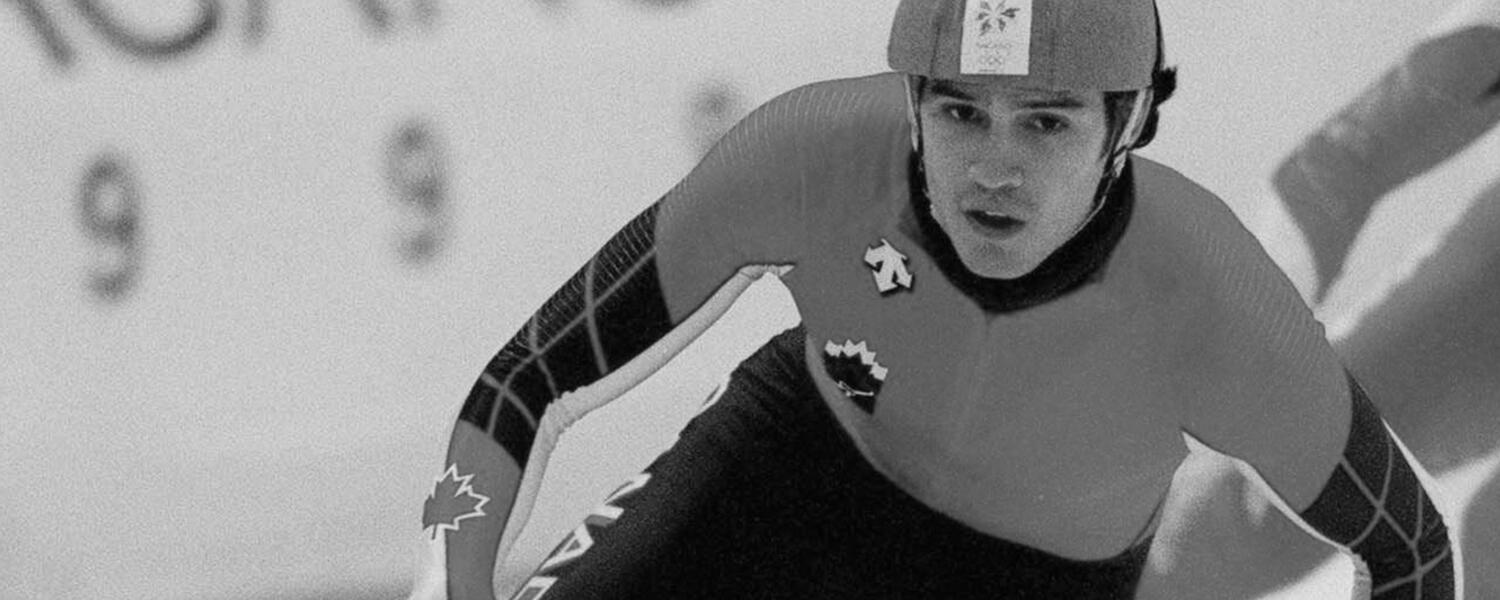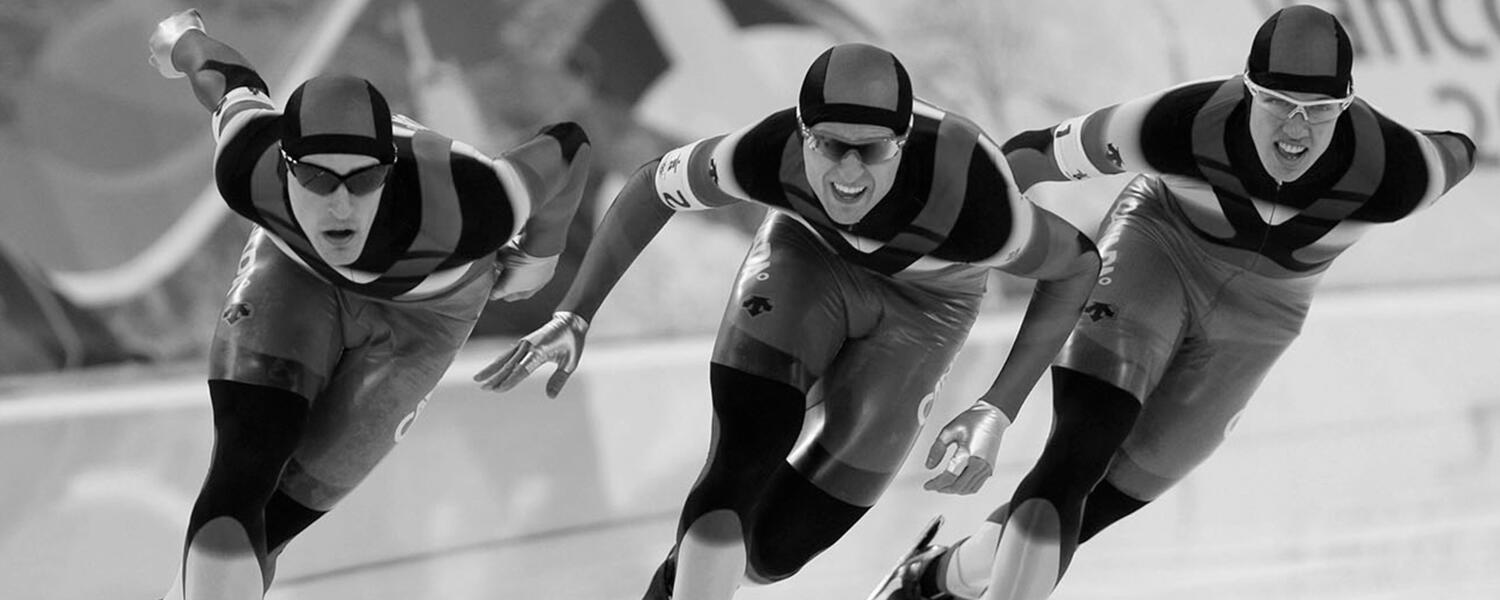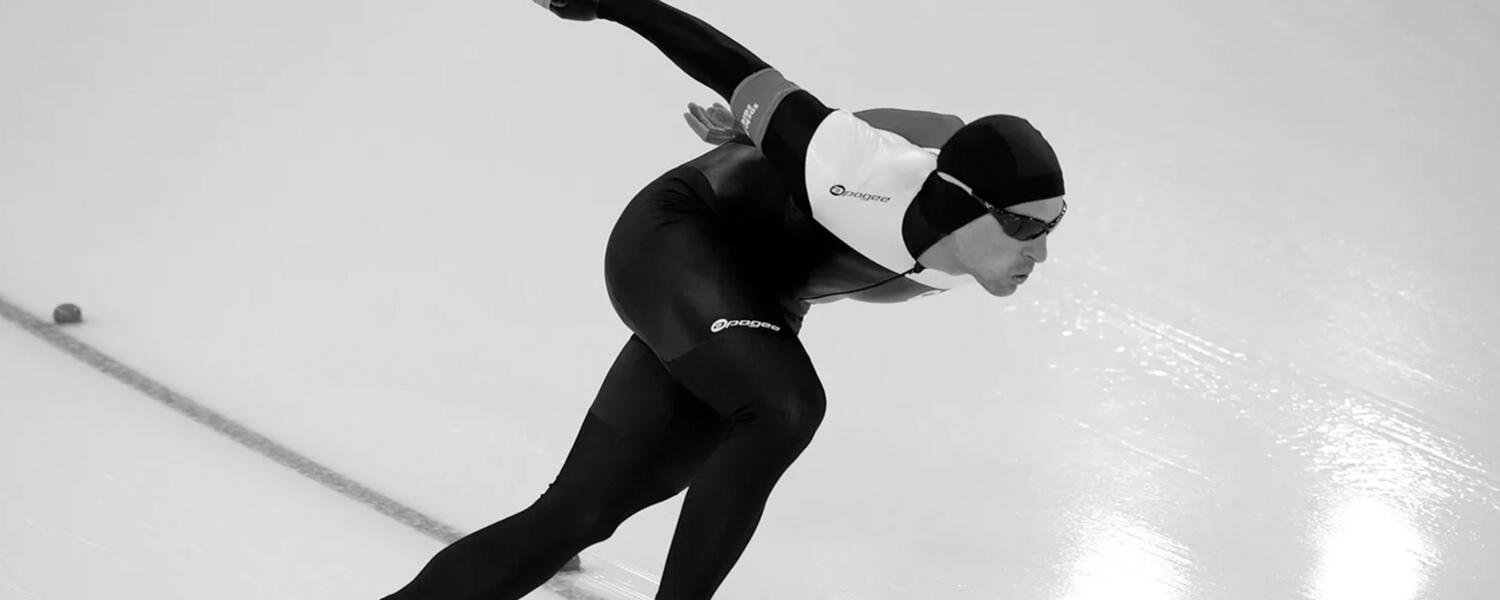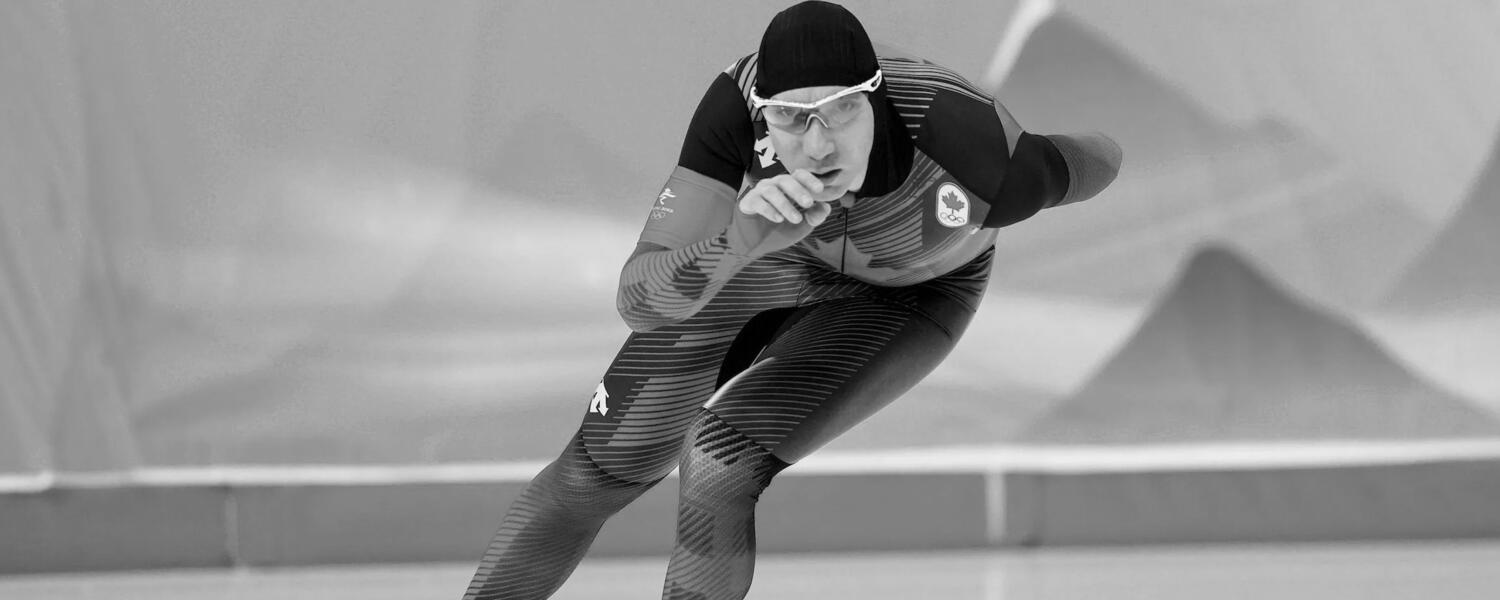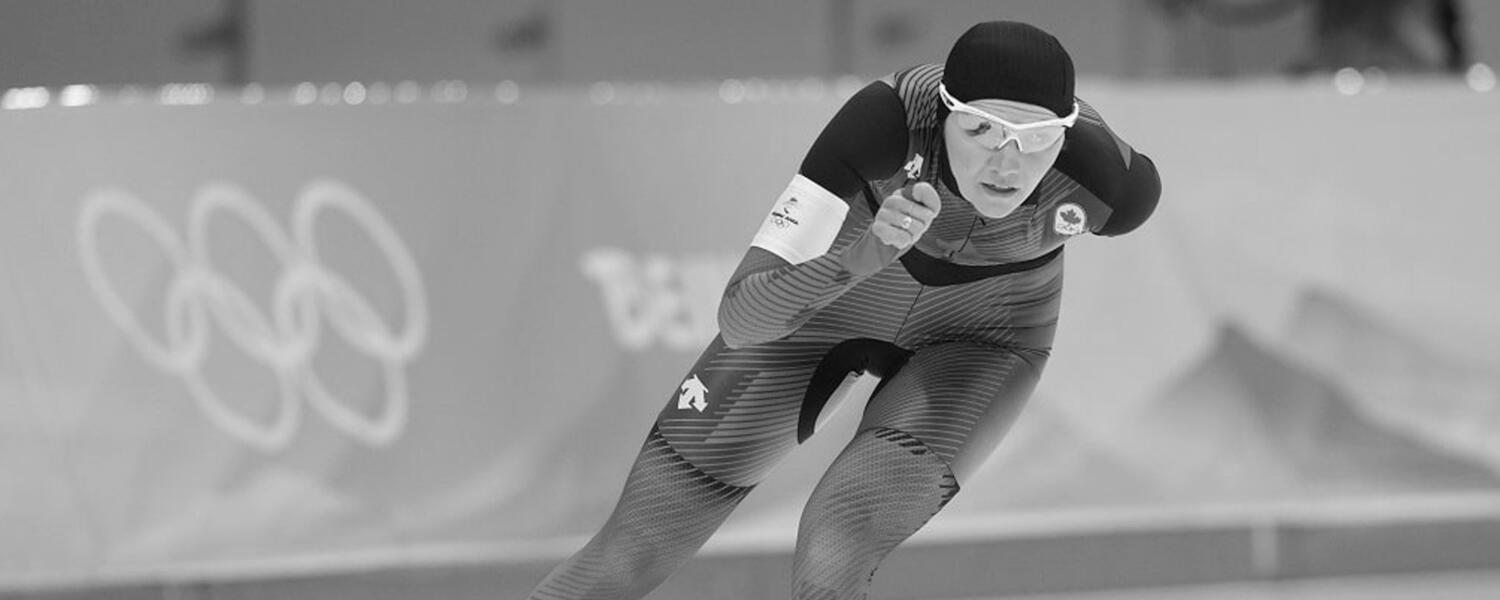A Legacy that Glides Through Generations
From the moment Calgary won the bid to host the 1988 Winter Olympic Games, a vision took shape: to create a world-class facility that wouldn’t just host champions — it would build them. Since then, the Oval has become the training ground for generations of Olympic athletes, a home where grit meets grace and where excellence is always in motion.
Here, you’ll trace the incredible journey from Calgary ’88 to Milano-Cortina 2026 — a sweeping arc of talent, triumph, and transformation. Explore stories of skaters who etched their names in history, coaches who shaped champions, and the speed, science, and soul that make the Oval more than just ice — it’s Canada’s fastest legacy.
Whether you’re standing inside the gallery or exploring online, this experience is designed to move you — and maybe even inspire your next stride.

